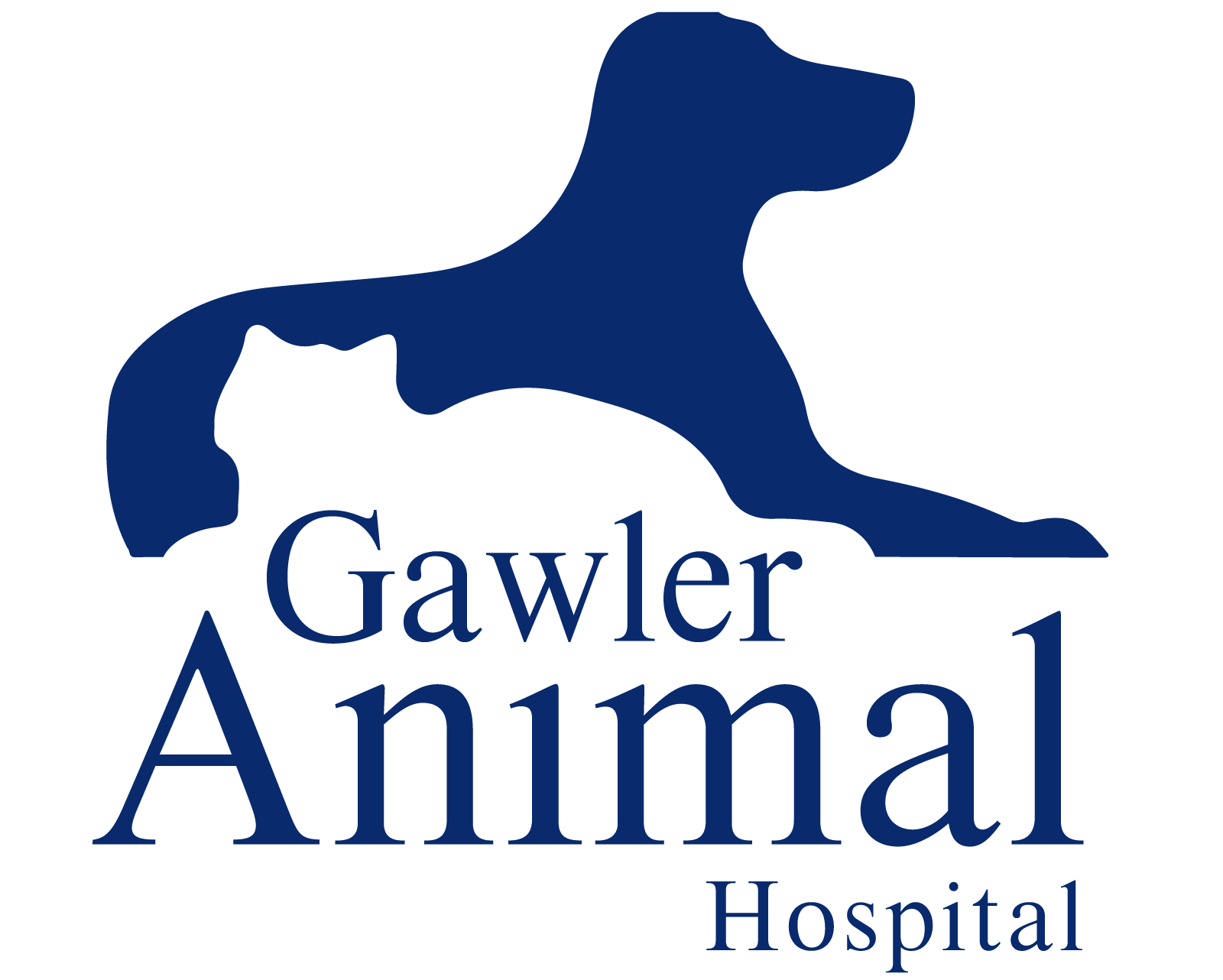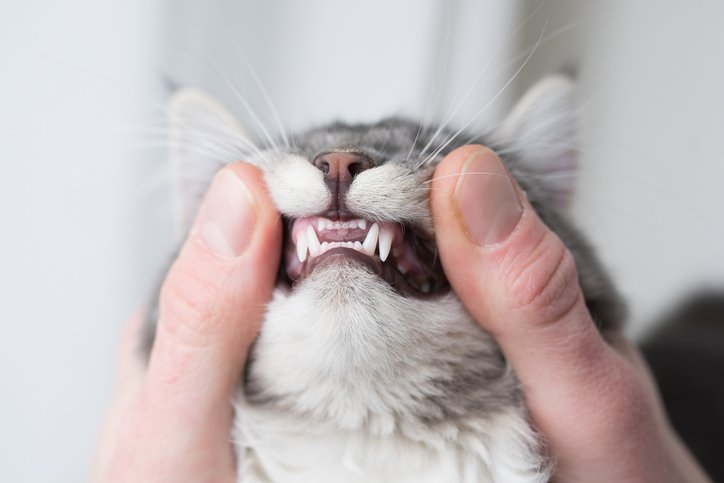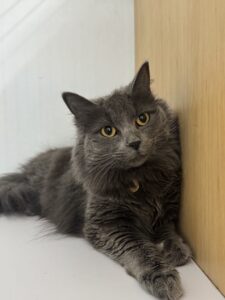As promised, we’re bringing you a series of articles around dental disease in recognition of the fact that it’s Pet Dental Month. The idea behind Pet Dental Month has always been to raise awareness of pet dental care. We’d like nothing more than so see an improvement in oral hygiene in our patients and a reduction in the pain caused by gingivitis and tooth infection. As mentioned, in our recent article, this is a major issue in our pets. .
One of the first points in driving this improvement is that you need to be able to recognise that there is a problem in the first place! As such, I’d like to give you a few tips to help you detect whether your pet has dental disease. So, here are a few of the most important giveaway signs:
- It Causes a Bad Smell!
- One of the first things owners often notice is that there is a bad smell coming from the mouth – most common cause of this is dental disease
- The smell is caused by bacteria trapped in inflamed/infected gums
- Drooling (hyper-salivation, if you want to get technical)
- This is linked in to point number 5 and caused by pain
- Even the smell of food can cause an association with the pain caused by chewing on damaged teeth and causes an excess in saliva production
- This often causes staining of the hair around the mouth
- Discolouration of the Teeth
- In the early stages, an invisible layer of ‘plaque’ forms on ‘dirty’ (uncleaned) teeth. This traps bacteria and also gives a toehold for the attachment of tartar. This is a solid covering which usually has a brownish discolouration
- Most commonly, this occurs in the molar teeth at the back of the mouth and can be quite hard for owners to examine or even notice without a good look up there.
- Changes in Eating Habits
- Toothache is painful. Just like us, dogs and cats will avoid chewing on the side where toothache is present. Observant owners can sometimes detect that their pet has a problem by watching the way they chew
- Gets tricky where pets have more than one tooth affected and particularly where there is toothache on both sides of the mouth simultaneously (not at all uncommon)
- Sometimes pets will appear really interested in food but will back away after one or two mouthfuls and this is frequently a sign of dental pain, particularly in cats
- Pawing or Rubbing
- Pain can also cause a pet to ‘paw’ at the affected area or to rub the face on the ground in an attempt to relieve the discomfort (doesn’t tend to work, not surprisingly).
If you see any of the above signs, it’s a really good idea to come in for a dental check. Sooner is better than later as we’d much rather treat a relatively minor problem than have to deal with full-blown irreversible damage involving loss of teeth. In upcoming articles, I’ll tell you about how we treat dental disease and also provide you with some tips as to how to prevent it in the first place. If you need any more info, or if you think your pet is displaying any of signs I’ve described above, give our fantastic receptionists a call on 8522 3500 or go online to book an appointment directly.






